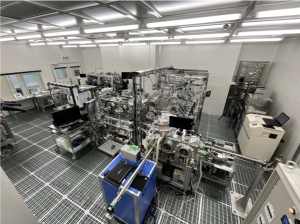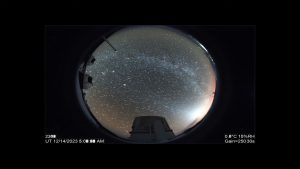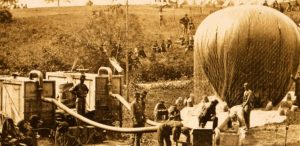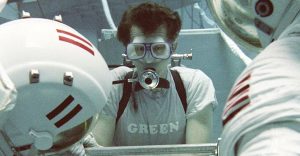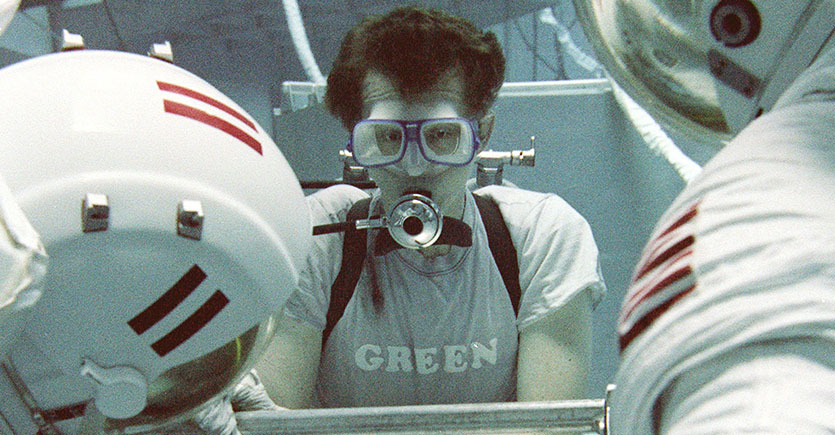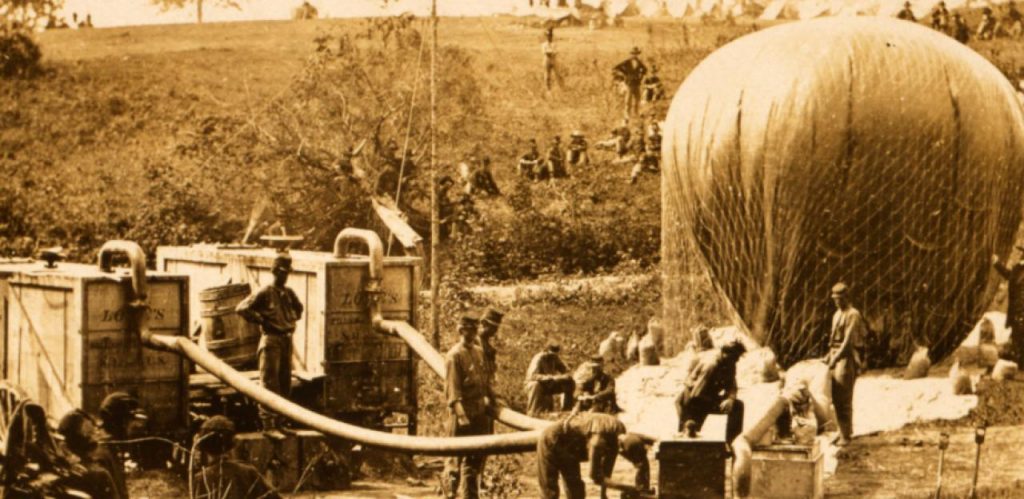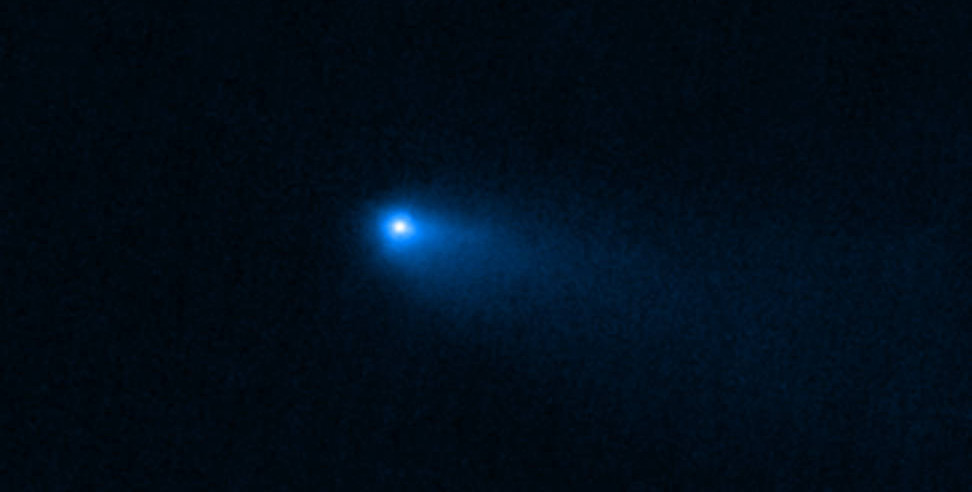
Global Space News: Of comets and asteroids
Comets have attracted people’s interest since ancient times. Recently, the development of observation techniques has raised ambiguity in distinguishing between comets and asteroids.
Shimaki Yuri, ISAS Program Office, Associate Senior Researcher
Traditionally, the small celestial bodies that orbit the Sun have been divided into two main distinct categories that reside in equally distinct locations within the Solar System. Comets occupy the far outer Solar System and pay just fleeting visits to the terrestrial planet region. Packed with ice, comets are chiefly identifiable by the characteristic coma and tail vapour that forms as they pass through the warmer inner Solar System before returning to the chilly outer reaches where their ice can be preserved.

Meanwhile, asteroids orbit permanently closer to the Sun within the main asteroid belt between Mars and Jupiter, or as near-Earth objects such as asteroids Ryugu and Bennu. Their composition is thought to be mainly rock or hydrated minerals, as any ice is expected to have been vaporised by the closer proximity of the Sun.
However, a growing number of exceptions have been discovered that indicate these two groups are not as separate as they appear. The James Webb Space Telescope (JWST) observed one such example in Comet Read, a so-called “main-belt comet” in the region populated by asteroids. These interlopers exist in both the asteroid and comet populations, explains Shimaki Yuri, and are worth exploring.
The main-belt comets are small bodies in asteroid-like orbits that show cometary activities. On the other hand, small bodies in comet-like orbits that do not show cometary activities are called extinct comets. In Japan’s next-generation small-body sample-return exploration, we are considering collecting samples from a Jupiter family comet with low cometary activity. The samples from such a small body with the intermediate characteristics of the comet and asteroid are essential in understanding the physical and chemical differences between asteroids and comets and the origin of the Solar System.
Shimaki Yuri
As many small bodies that have undergone little evolution since formation, the properties of asteroids and comets offer a glimpse of the building material that formed the planets, including the Earth. The presence of outliers is evidence of how this building material moves around in the Solar System, shuffling a variety of rock and ice compositions into different orbits.
Analysis of the sample from asteroid Ryugu brought back to Earth by the Hayabusa2 mission is another piece in the puzzle to map this material transport through the remaining pieces of the planet formation process. Results so far have revealed that Ryugu itself must have formed far further out than its current orbit, explains Associate Professor Kunihiro Takuya from Okayama University.
It is certain that the material that made up the present-day Ryugu previously existed in icy bodies soon after the formation of the Solar System. If these icy bodies are recognised as comets, then we can say that Ryugu must once have been a comet. The question is then when the ice was lost from the icy body. These observations show that at least some asteroids located in the asteroid belt still contain ice.
Kunihiro Takuya, Institute for Planetary Materials, Okayama University
If such an asteroid belt icy body moves to a near-Earth orbit, they will be heated by the Sun which will remove the ice. We think that this was what resulted in the formation of the rubble-pile asteroid than comprises Ryugu. This process is consistent with what is known as the “Misasa model”. The loss of ice from these icy bodies may have occurred recently, and not in the early days of the Solar System. We hope to continue our research in search of physical evidence.

This transport between the outer and inner Solar System may not only have influenced the composition of the planets, but also delivered the ingredients needed to make the young Earth habitable, says Associate Professor Furukawa Yoshihiro from Tohoku University.

A main belt comet tells us about the delivery of water from cold outer Solar System to our inner Solar System. The comets should also contain many kinds of organic compounds. The possible similarities and differences from asteroidal organic compounds would be important to understand the chemical evolution of our Solar System and may give us some hints to understand the origins of prebiotic organic compounds on the Earth.
Furukawa Yoshihiro, Department of Earth Science, Tohoku University
Observations from the Webb telescope of Comet Read confirmed that the coma and tail of the main-belt comet consist of water vapour. This is expected for a regular comet, but it confirms that water ice can be preserved when a comet orbits in the asteroid belt. On the other hand, Webb did not detect carbon dioxide. This would also be expected to be found in the coma and tail of a comet, and perhaps indicates that while water ice can be retained in the asteroid belt, carbon dioxide ice cannot.
What Associate Senior Researcher Hasegawa Sunao would really like is data from a much wider sample of small bodies in the asteroid belt to discover how typical comet-like properties might be in that population. However, he notes such exploration would be difficult to achieve.
The results from JWST are very exciting! A systematic survey of water and carbon monoxide and dioxide in common comets was conducted by the infrared astronomical satellite Akari, launched by ISAS/JAXA. These results showed that no comet was discovered in which neither carbon monoxide nor carbon dioxide was detected. But unlike the comets observed with Akari, the comet with the orbit within the asteroid belt observed by JWST is similar to that of a typical asteroid between Mars and the asteroid belt. In other words, based on its orbit, this main-belt comet is special if it were a comet, but if it were an asteroid, there would be nothing special about its orbit.
Hasegawa Sunao, Associate Senior Researcher, Inter-University Research and Facility Management Group
Looking at the near-infrared reflectance spectrum from the surface of this object, it resembles the spectrum from certain types of asteroid that are abundant in this region. It is thought that these similar asteroids could therefore have a similar composition to this main-belt comet (suggesting that main-belt asteroids with similar spectra also do not contain carbon monoxide or dioxide) and similar behaviour (that is, similar cometary activity can be triggered).
We could fantasise about conducting asteroid exploration in the main belt with impactors such as the one carried by the asteroid explorer, Hayabusa2, which might trigger cometary activity. This would allow us to survey the water and carbon dioxide! However, 596 Scheila collided with several ten m-class asteroid in 2010 and generated a dust cloud, but similar gas ejection was not detected. Therefore, even if we could bring impactors and collide with target celestial bodies, the gas may not be generated. It is therefore difficult to decide which celestial body should be explored. (The surface layer would be refreshed and this is very interesting but….)

It is clear that the smallest worlds of our Solar System contain many clues as to how the planets formed and our own Earth evolved. So, where do we go next?
“Global space news” is a chance for us to highlight important developments across the world and share our excitement of these achievements.
Further Information:
The Hayabusa2 mission website

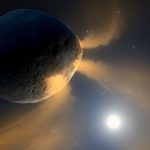 Previous Post
Previous Post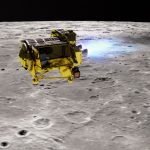 Next Post
Next Post